Martijn Flikweert is familiar with the principle that simplicity greatly benefits efficiency. Some five years ago, the 20-something-year-old and his cousin Lars began messing around with some cameras and a computer. Their Dutch company, Flikweert Vision, has since placed more than 200 QualityGraders with growers and processors. These machines focus exclusively on quality control rather than size grading. Martijn: "Our machines only sort right or wrong. It seems simple, but that's our strength."
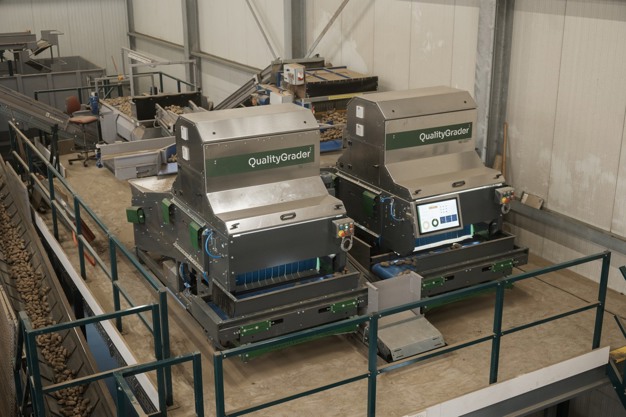
They chose this design concept to minimize costs and complexity. The QualityGrader is compact and can easily be integrated into existing production lines. By sorting solely by quality, not sizing, you avoid the need for extra outputs, thus keeping the machine simple and efficient. That is proving successful, as evidenced by the number of units sold and customer satisfaction. But why use the cameras to sort by size, too? Because additional features complicate things and can affect accuracy.
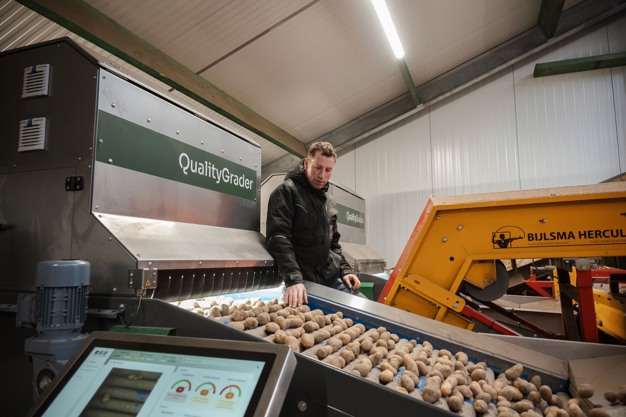
Accuracy
The QualityGrader's capacity matches that of traditional tailers. Optical sorting offers advantages like needing fewer employees and an independent process of product quality. That means its capacity does not fluctuate with the quality of the incoming batches. The QualityGrader's accuracy rests with batch and defect specifications, where avoiding unnecessarily excluding good products is essential.
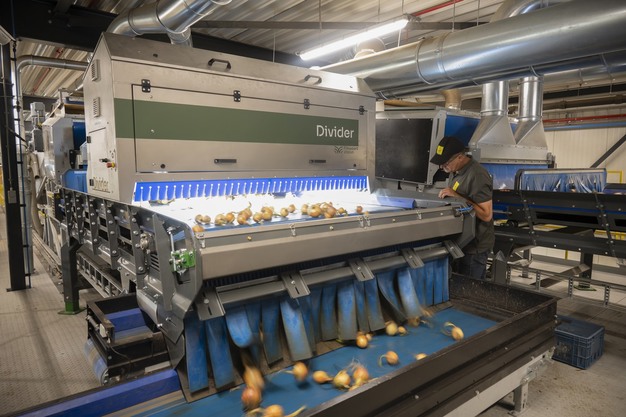
Flikweert Vision also offers the Divider, a machine that removes foreign matter and badly damaged products at the start of the production line. It uses a camera mounted above the conveyor belt and a system that ejects unwanted objects. The device is placed in front of the shearer, assisting in initial quality control.
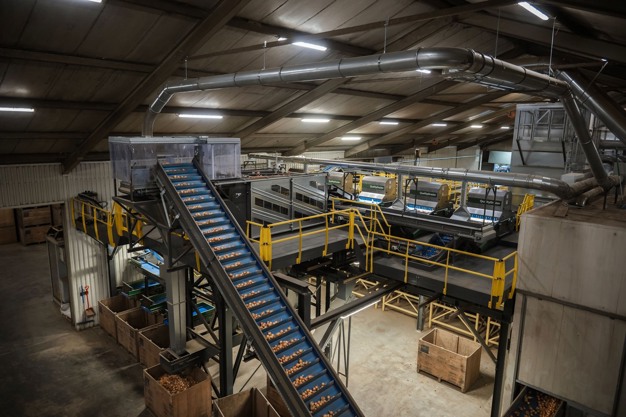
Clean
The QualityGrader's design also has the advantage that its cameras do not get dirty, as they hang above the conveyor belt, taking photos of the objects before they fall. "That has a dual benefit. First, there's more time between imaging and the time of expulsion. So, a more complex calculation can be made when assessing the photo."
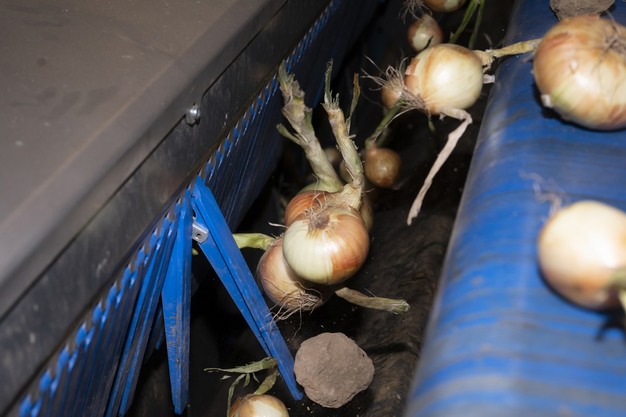 Sort out foreign parts (balls) with the Divider
Sort out foreign parts (balls) with the Divider
"That's based on historical data and AI and achieves a higher degree of accuracy. The second thing is that the cameras stay clean. A camera box installed at the height of objects' fall may be affected by flying dust or dirt released when a foreign object or, say, a rotten onion is ejected," Martijn concludes.
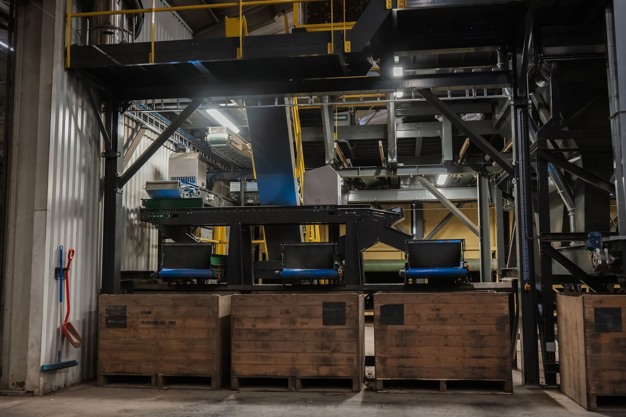 Separation: bare, foreign product and rejected onions
Separation: bare, foreign product and rejected onions
Looking ahead
Though current technology is already highly accurate regarding assessing products' exteriors, the company is exploring options to fine-tune that even more. You can customize the QualityGrader's software to meet different customers' specific needs, thus, providing flexibility in grading settings.
Martijn Flikweert Flikweert Vision
Flikweert Vision
Platte Capelledijk 1
4306 NE Nieuwerkerk
Tel: 0615 694 517
[email protected]
www.flikweertvision.nl
